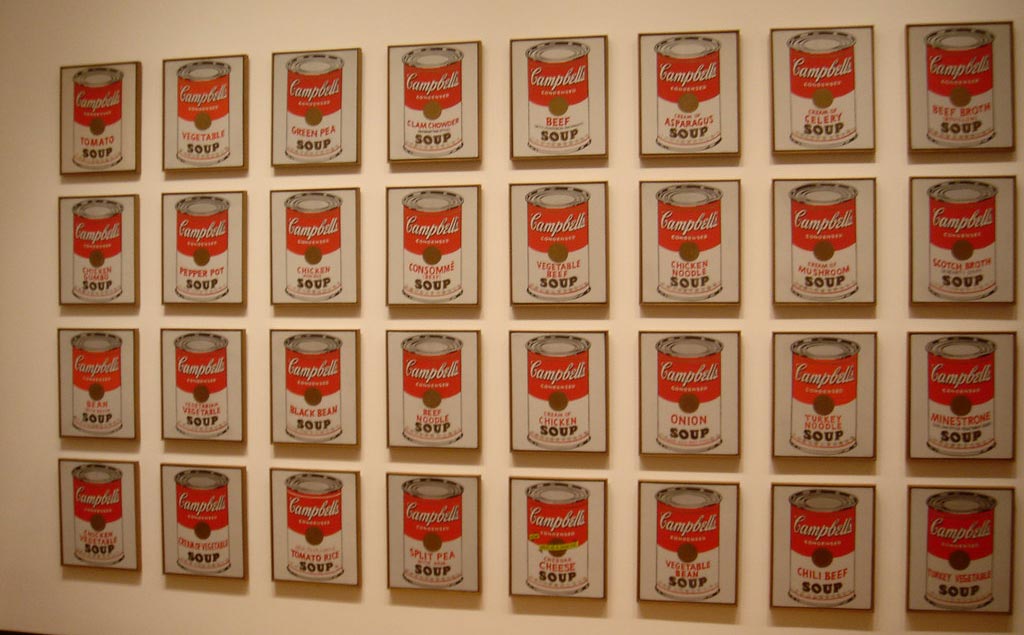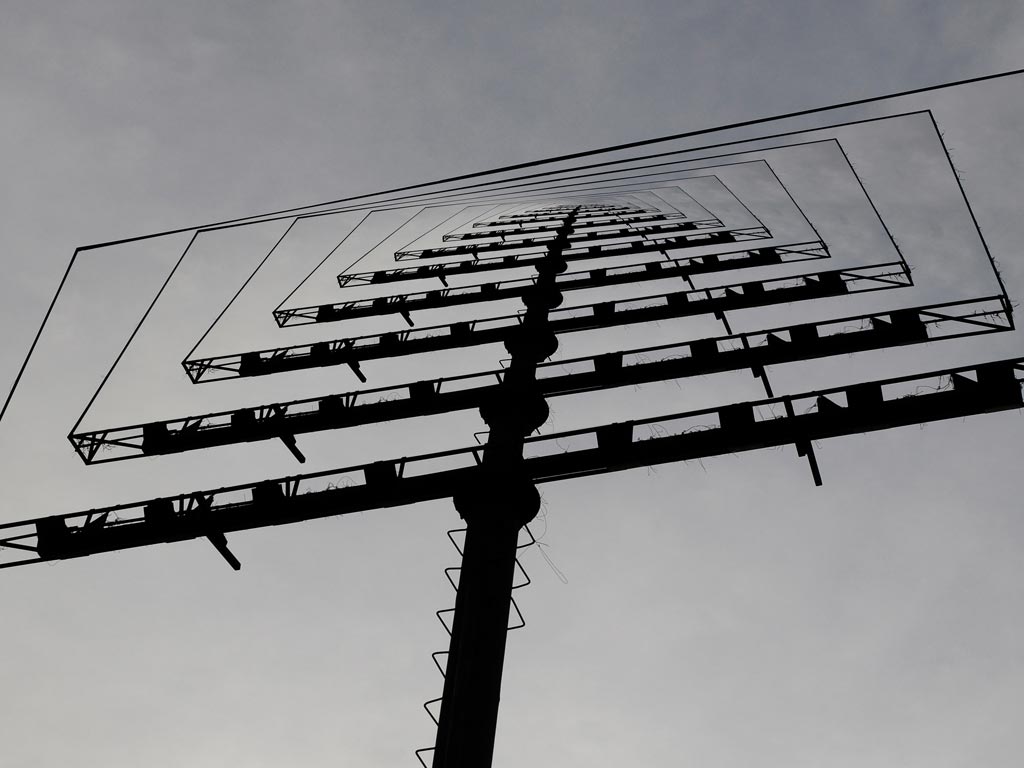Both informative and aesthetic visuals are a central part of our daily lives. Many of the visuals we encountered have served a certain degree of function in setting social norms that become an integral part of our daily lives whether in acquiring advantages in economic gain or establishing our political standing in governance or keeping us safe. In fact, in the creation of human social structure, we see that people tend to group themselves according to the relevance of these categories.
This shared relevance becomes the basis of society and from here emerges a specialized culture that then helps us to construct a social group’s idealisms. Many times we see that visuals have played important roles in engaging the public with these ideals, and many times, too, visuals are also used as a platform for rebellious expressions. It is part of an ongoing process by which beliefs and values are reproduced to maintain favourable social circumstances as well as resistance by those seeking to re-evaluate the damaging beliefs and ideas that can become embedded within a society.
The problem with visuals is that the nature of their accessibility by humans means they are easily distributed by legal or non-legal methods — for instance, a well-placed billboard with approved content defaced with graffiti. This freedom makes it easier to broadcast information without establishing a relationship between the creator and the viewers. In a way, this visual power is akin to a double edged sword, where it can be used for the greater good or vice versa.
Visuals allow individuals or dominant social groups, through political or financial power, to exert a disproportionate influence on the population by propagating their beliefs. At the same time, we see that most non-profit organizations need to rely on the power of graphic design to convey messages and concerns. Non-profits such as PETA are notorious for using controversial images to highlight their concern regarding animal rights while other NGOs use a more moderate approach by using recognizable icons like WWF’s black and white panda or the variously coloured awareness ribbons that highlight specific medical conditions, sickness, and social circumstances.

Other visual approaches have been used to represent the social and cultural beliefs of dominant political and economic groups. For example, certain artworks tend to become iconic symbols, such as Andy Warhol’s Campbell Soup Can series that mimicked the repetition and uniformity of mass-produced printed advertisements. For Warhol, the art series was his positive expressions on the modern pop culture. But in Europe, the audience there tend to examine the visuals with deeper insight as an interpretation of subversive and Marxist satire on American capitalism, thus the associating his art series with capitalist culture.
The excellent use of visuals in a political scene was exemplified during Barrack Obama’s presidential campaigns of 2008. Now that the voters’ reach is greater due to the rise of creative communities and online media, social networks and technology, many independent artists are able to. show their support by designing various visuals messages. These creations do not only served as a show of support, but also as platform for creative expression of their political views.
Taking advantage of this situation, the Obama campaign office paid special attention to the visuals’ impact thus making the artworks both personal and inviting. By complementing the traditional promotional versions with the digital campaigns on their website that had desktop wallpapers, blogs, widgets, IM buddy icons, and mobile ringtones, the campaign workers were able to attract overwhelmingly positive responses from the young voters since they were truly convinced that Obama was a principled, inspiring, patriotic, exciting, and basically a cool guy.
These few examples show that visuals are able to exert power when using the right combinations of imagery, colour, typography, pose, perspective, unity, balance, or repetition together with powerful slogans. They are able to generate responses from viewers whether simply to alert them, create awareness, or deliver a message for all to see.

